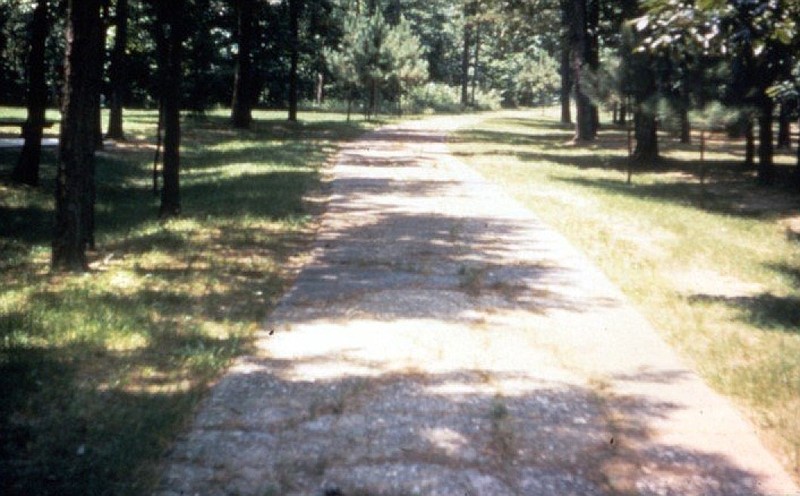If you think that building roads and bridges is a difficult proposition today, imagine what it was like at the start of the 20th century when cars were a newfangled invention and there was no national network of roads. In those days, almost no roads could be considered good by today's standards, and most states lacked an organized way to build them.
In 1907, at the urging of bicyclists, the Arkansas state Legislature created road improvement districts, locally controlled groups that determined where roads would go and who would pay for them. Members of these road improvement districts included a hodgepodge of farmers and other residents without engineering experience who worked independently without the kind of centralized leadership, construction methods or standards that we take for granted today.
In 1913, one of these districts, Jefferson County Road Improvement District No. 4, decided to build a concrete road to span the roughly 23 miles from Pine Bluff north to the Pine Bluff–Little Rock wagon road at the Jefferson County line.
It was a bold idea, one that would turn out to be very expensive. Tradition holds that the road was called the Dollarway because it cost one dollar per linear foot to construct. The final cost ended up closer to $1.36 per foot.
In July 1913, Little Rock contractors Shelby and Bateman were chosen to build the project. Construction began in November 1913, and the road was finished in October 1914. Property owners along the route of the road shared the cost of construction, which caused considerable controversy. Some property owners threatened to file an injunction, but the dispute was resolved when the per capita assessment turned out to be minor.
The Dollarway Road is historically significant for more than just its high price. The project is an early example of experimentation in road construction material and methods. The roadway was paved in 9-feet wide concrete slabs. The concrete was topped with a layer of coal tar about 1/16 inch thick.
At the edges were 45-degree slopes, which means only 8.5 feet of the width was level, with the slopes acting as curbs. Farther out from the center was 18 inches of gravel and 3 feet of earthwork. The gravel shoulder allowed vehicles to continue on the road without stopping for oncoming traffic, which was common at the time.
The contractor considered concrete more economical and longer lasting than the packed stone paving known as "macadam" that was typically used for roads in Arkansas. When it was complete, the Dollarway Road was the longest continuous concrete pavement in the United States. The project was also significant because four reinforced concrete bridges were part of the road design, a first in Arkansas.
Today no official markers exist for the Dollarway Road, but if you travel Highway 365, you can still see some of the original sections. A segment of the road in Jefferson County near Redfield was listed on the National Register of Historic Places in 1974. In 1999, the listing was enlarged to add a portion of the Dollarway still used today as Reynolds Road. This segment contains two original Dollarway concrete bridges.
This article is among features at ExplorePineBluff.com, a program of the Pine Bluff Advertising and Promotion Commission. Sources: Encyclopedia of Arkansas, Wikipedia. Image Credits: American Concrete Paving Association.
